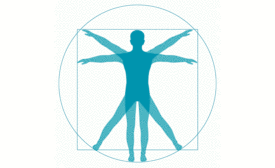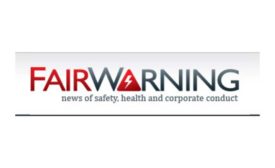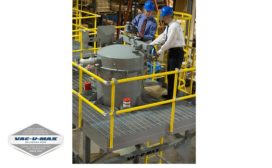Workplace Health
A FairWarning Story
Counterfeits hit home: Consumers are being foiled by fake water filters
January 15, 2020
Suit filed against new pork company self-inspection rule
“The USDA is letting the wolf guard the hog-house”
January 14, 2020
Protecting the Plant from Catastrophic Combustible Dust Explosions
Industrial vacuums are the right tool for preventing secondary explosions
January 13, 2020
Never miss the latest news and trends driving the safety industry
eNewsletter | Website | eMagazine
JOIN TODAYCopyright ©2024. All Rights Reserved BNP Media.
Design, CMS, Hosting & Web Development :: ePublishing









